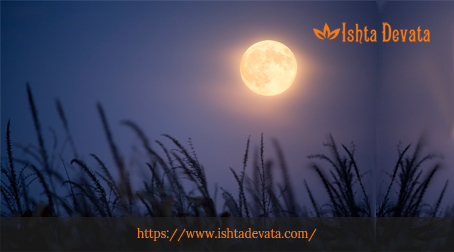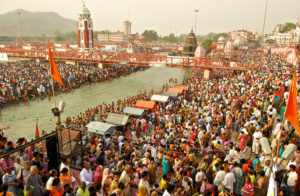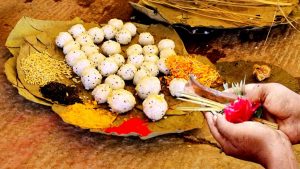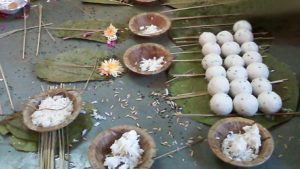Did you know the science behind fasting on Purnima day!
Purnima
The word ‘Purnima’ is derived from the languages Sanskrit and Nepali, denoting the full moon day. The maximum size of the moon is visible on the night of the full Moon day, thereby appearing brightest on this day. The elegant grace of the full moon is said to illuminate the dark night, which signifies the eradication of darkness and negativity in this world. Purnima is considered to be an auspicious day according to Hinduism. Thus Hindus around the world believe this day to be potentially rewarding by illuminating their lives with happiness and prosperity. Even the prayers offered to deities on a Poornima are believed to yield utmost benefits to the worshipper. Observing Vrat (Fast) on the day/night of Poornima is said to cleanse a person’s body, mind and soul from all dark or negative elements.
Fasting on purnima / full moon
During Purnima days, devotees generally undertake fasting the entire day and worship Lord Vishnu, the divine protector. They consume food only in the evening after offering prayers to the Lord.
Hindus traditionally choose to fast or consume only lighter foods on all full moon and new moon days as it has a scientific connect to it. Since the moon’s pull towards the earth is said to be more powerful on these days, it indirectly slows down the physical metabolism in the living beings in the earth. Fasting or consuming light foods on these days, helps the body to eliminate excess toxins and maintain the right acidic environment for the body. This also aids in bringing body and mind balance. Worshipping deities on these days is said to improve one’s spiritual life, thereby providing inner peace. It also plays a major role in controlling one’s mind and negative emotions such as anger, greed, lust, etc.
How to observe a Purnima Vrat / full moon fast
- On the day of Purnima, devotees observe fast from dawn till dusk. They ideally have light food in the eve under the glowing light of the full moon (Poornima).
- Those fasting should refrain from consuming common salt, grains, pulses, wheat and rice during the fasting period, while consuming fruits and milk is acceptable. Some even undergo a complete fast without even consuming water. But that is left to the devotee to choose the kind of fasting, according to their endurance capacity.
- Prayers are offered by the devotees to Lord Vishnu by performing Shree Satyanarayana Vrata Puja, and the prasad is offered to everyone in the family after the pooja in the evening.
- The Shree Satyanarayana Puja typically begins with worshipping Lord Ganesha after which prayers are offered to the Navgrahas (Planet gods). The rest of the Puja is dedicated to Lord Vishnu, the universal protector.
- People also visit shrines dedicated to Lord Vishnu’s and offer their prayers to the God to invoke his divine blessings.
- One other ritual which is widely performed on the Poornima is the Maha Mrityunjaya Havan (Mantra for conquering the death, is chanted in front of the fire ) which is conducted seeking the divine blessings of Lord Vishnu and other deities.
Know more about the Maha Mrityunjaya Havan ritual
Reach us to be a part of our whatsapp spiritual reminder group









